Author: Maria Oliver-Smith
How to stay visible, relevant, and one step ahead – SEO trends 2025.
Welcome to the SEO trends 2025, the future of search – where AI leads the way, social platforms double as search engines, and authenticity trumps clickbait. In our latest expert roundtable, SEO Shake-Ups 2025: Outsmarting Algorithms, Polar London gathers some of the brightest minds in tech and content to decode the shifts reshaping SEO as we know it.
Hosted by our very own founder and CEO Alex Birch, this video discussion pulls back the curtain on the trends, tools, and tactics brands need to stay competitive in an algorithm-first world.
🎥 Watch the full discussion now
Why This Matters
2025 isn’t just another year—it’s a turning point for search strategy. With Google doubling down on AI-driven personalisation, and platforms like TikTok and Instagram stepping into the search game, brands can no longer rely on yesterday’s SEO playbook.
Whether you’re a CMO looking to future-proof your digital presence or a startup founder trying to break through the noise, this conversation is your SEO cheat sheet for the year ahead.
What We Covered
The discussion is structured into four punchy chapters—each one packed with actionable insights, industry stats, and a healthy dose of expert hot takes.
1. AI-Driven Search & Personalisation
Search is no longer one-size-fits-all. Our panel explores how machine learning is redefining search intent, what hyper-personalisation means for your content strategy, and how to strike the right balance between automation and authenticity.
🧠 Takeaway: In an AI-first world, relevance isn’t enough—your content needs to be context-aware, tailored, and human at its core.
2. Search Beyond Google: Multimodal & Social SEO
TikTok isn’t just for dances—it’s now a search engine. This chapter dives into the rise of visual and voice-based discovery, and how brands can optimise across ecosystems that weren’t even on the SEO radar five years ago.
🔍 Takeaway: If your SEO strategy doesn’t include social, video, and multimodal search—you’re leaving visibility on the table.
3. EEAT & Content Authority in a Trust-Driven Web
In a world overflowing with AI content, trust is your brand’s most valuable asset. The team breaks down Google’s evolving EEAT signals and offers practical ways to build credibility and showcase real-world expertise.
🔒 Takeaway: To rank in 2025, your content needs to prove it knows what it’s talking about—think expert quotes, first-hand experience, and third-party validation.
4. Technical SEO & Performance Optimisation
Core Web Vitals aren’t going anywhere—and neither are the challenges of indexing AI-generated content. This final chapter unpacks the tools, automation techniques, and schema strategies you need to keep your tech SEO on point.
⚙️ Takeaway: Clean code, fast pages, and structured data are still your best friends—but now they need to play nice with dynamic content and AI overlays.
Meet the Minds Behind the Mic
- Alex Birch – CEO, Polar London
- Victoria Olsina – SEO + Web3 Expert
- Aaron Thomas – Content Marketing Strategist
Coming Soon:
Keep your eyes on our LinkedIn and inbox for bite-sized social clips, graphics, and deeper dives into each chapter. This isn’t just a one-and-done discussion—it’s the start of a smarter, savvier approach to SEO in 2025.
👉 Want help applying these insights to your brand? Let’s talk. We turn algorithm anxiety into strategic opportunity—minus the jargon, plus the ROI.

Is your website feeling more “retro” than “relevant”? In the digital age, your site is your brand’s first impression—and we all know how lasting those can be. If you’re aiming for growth but your online presence is stuck in the past, it might be time for a makeover.
To help you navigate the key indicators of an outdated website, we’ve gathered insights from our team of experts: Ravi, our Production Director; Katerina, our UX Designer; and Morshed, our Front End Developer. Their expert perspectives will guide you through the essential changes needed to keep your site competitive and engaging.
Let’s dive into five telltale signs that your website needs a redesign to keep up with the times and drive your business forward.
Your Website Looks Like a Digital Relic
First impressions are formed in just 0.05 seconds. If your site screams “vintage” (and not in a good way), visitors might question your brand’s credibility. An outdated design can turn potential customers away faster than you can say “bounce rate.”

Ravi, Production Director, says: “An old, clunky interface with slow loading times or poor mobile optimisation can frustrate users and lead to higher bounce rates. According to the Stanford Web Credibility Project, 75% of users admit to making judgments about a company’s credibility based on its website design. Think of it like a shopfront: if the windows are dusty, the paint is peeling, and the sign is broken, would you feel confident stepping inside? Probably not. The same goes for digital experiences”.
Katerina adds: “The biggest design culprits making websites look outdated are poor typography choices, inconsistent layouts, and unresponsive elements. Even small tweaks, like aligning elements properly and ensuring proper spacing, can instantly refresh a website’s aesthetic and instill trust and credibility in a brand and user experience.”
Morshed emphasises: “Outdated sites often run on legacy code, making updates slow and security weak. Modernising the backend can drastically improve performance and make the site future-proof.”
What to do:
- Embrace a clean, modern design that reflects your brand’s current identity.
- Prioritise user-friendly layouts with fast-loading elements.
- Adopt trending design features like immersive scrolling, AI-driven personalisation, and sustainability-focused web practices.
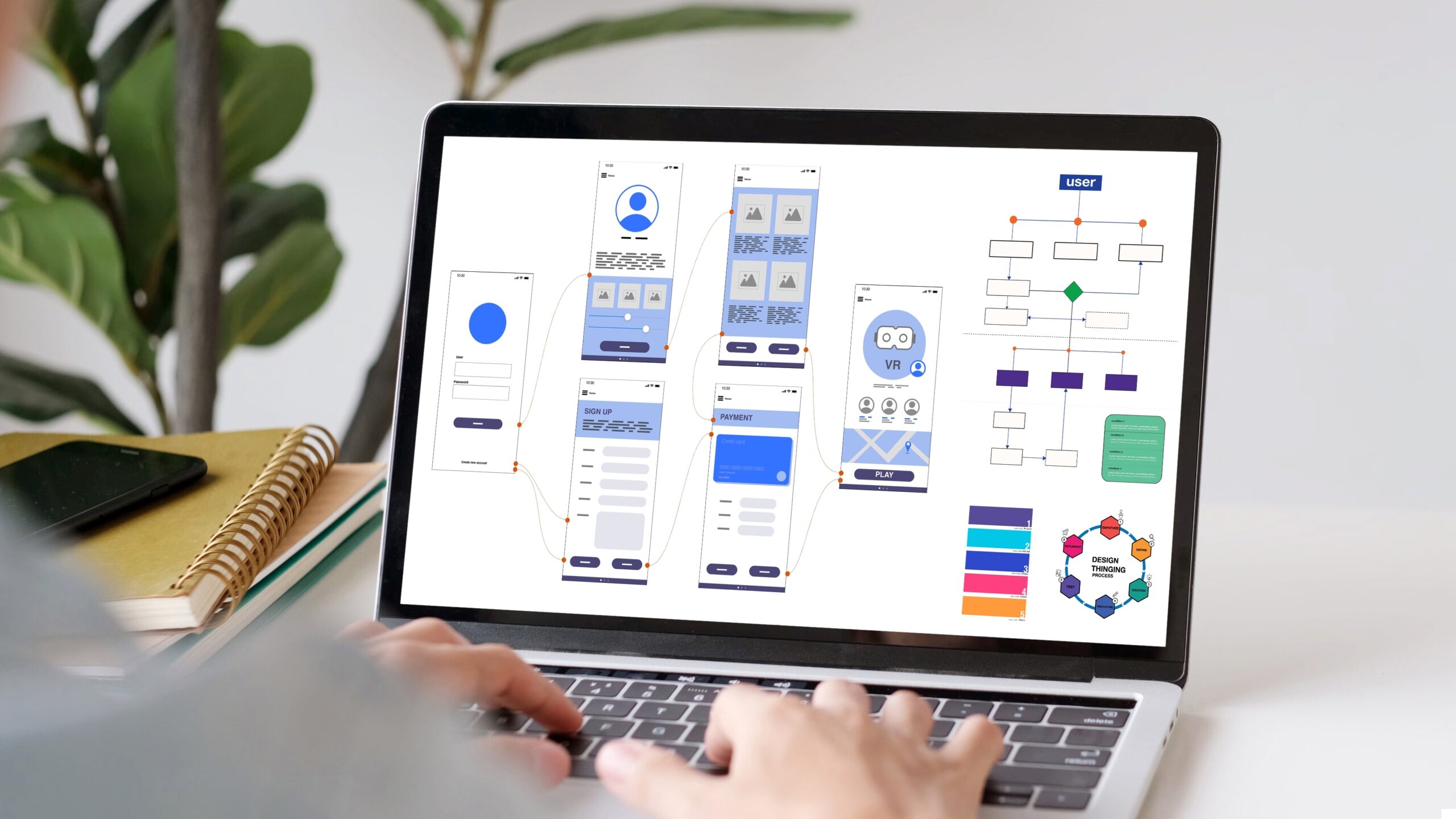
It’s Not Mobile-Friendly
With over 54% of all website traffic coming from mobile devices, a non-responsive site is a major red flag. If users have to pinch, zoom, or squint to view your content, they’re likely to abandon their visit.
Ravi adds: “Mobile responsiveness isn’t just about aesthetics—it directly impacts engagement and conversions. A mobile-optimised landing page can increase conversion rates by up to 27%. Plus, Google prioritises mobile-friendly sites in search rankings.”

Katerina, our UX Designer, warns against common mobile design mistakes:
- Oversized elements forcing excessive scrolling.
- Small buttons causing accidental taps.
- Annoying pop-ups that disrupt the experience.
Morshed, our Technical Lead, suggests: “Using frameworks like Tailwind CSS, Bootstrap, or Material UI can help ensure a seamless mobile experience. Implementing lazy loading, reducing unnecessary scripts, and optimising images are crucial for performance.”
Quick Test: Pull up your website on a smartphone. Is it user-friendly? If not, it’s time to prioritise a mobile-first redesign. Google Lighthouse is a free tool that tests mobile-friendliness by simulating mobile performance and auditing design, speed, accessibility, and SEO-helping you spot and fix issues for a better user experience and search visibility.
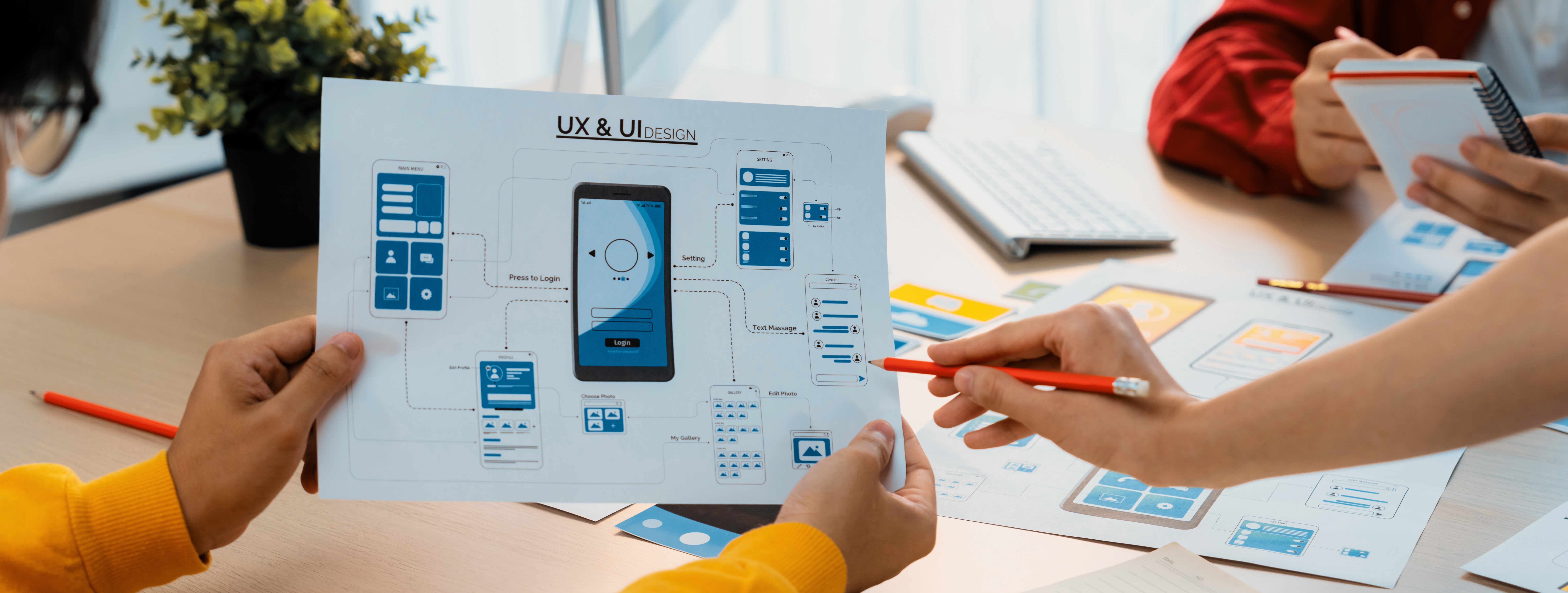
Slow Load Times
Patience is a virtue, but not online. A one-second delay in page load time can lead to a 7% loss in conversions. If your site takes its sweet time to load, visitors will likely leave before they even see what you offer.
Ravi explains: “Every second counts. Slow load times don’t just frustrate users—they also hurt SEO rankings and ad performance.”
Katerina adds UX best practices:
- Optimise images and videos without sacrificing quality.
- Use system fonts instead of custom fonts for faster rendering.
- Minimise animations that slow performance.

Morshed’s tech fixes:
- Implement a Content Delivery Network (CDN) to distribute load.
- Use caching and lazy loading to reduce initial load time.
- Prioritise Core Web Vitals for better Google rankings.
Action Plan: Optimise images, leverage browser caching, and consider a CDN to speed things up.
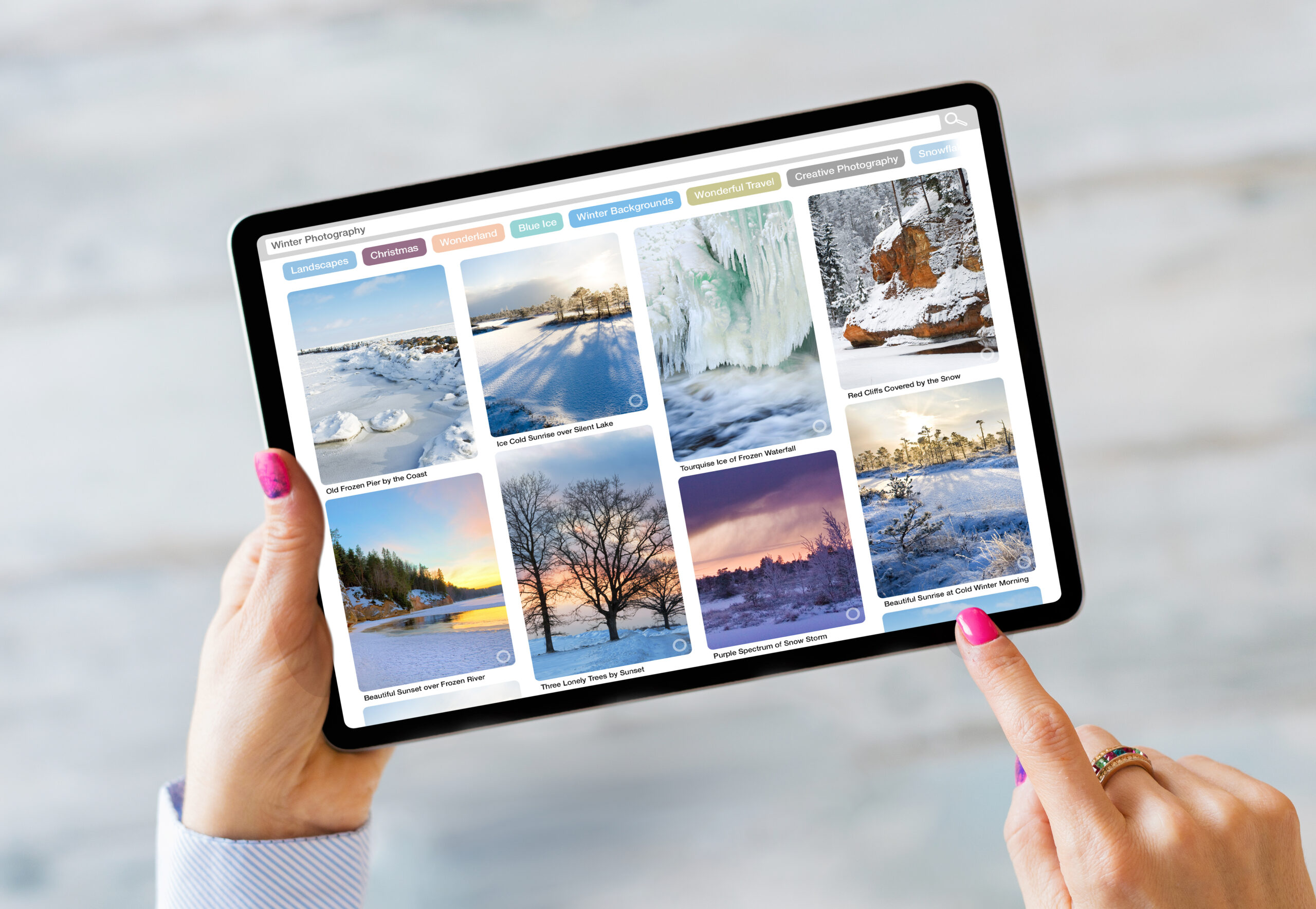
High Bounce Rates
If visitors are leaving almost as soon as they arrive, something’s amiss. The average website bounce rate is between 26% and 70%, with the optimal range being 25% to 40%. A high bounce rate could indicate poor design, irrelevant content, or a confusing user experience.
Ravi highlights key bounce rate culprits: “Slow loading times, poor mobile optimisation, and unclear navigation are the biggest offenders. Pop-ups and irrelevant content are also common reasons users leave.”
Katerina’s UX solutions:
- Improve content readability with clear typography and spacing.
- Follow the “F” or “Z” reading pattern to guide the user.
- Use subtle animations to keep engagement high.
Morshed suggests: “Technical errors like broken links, slow scripts, and 404 pages should be regularly monitored using heatmaps and session recordings to identify drop-off points.”
Action Plan: Analyse user behaviour, fix navigation issues, and provide relevant, high-quality content.
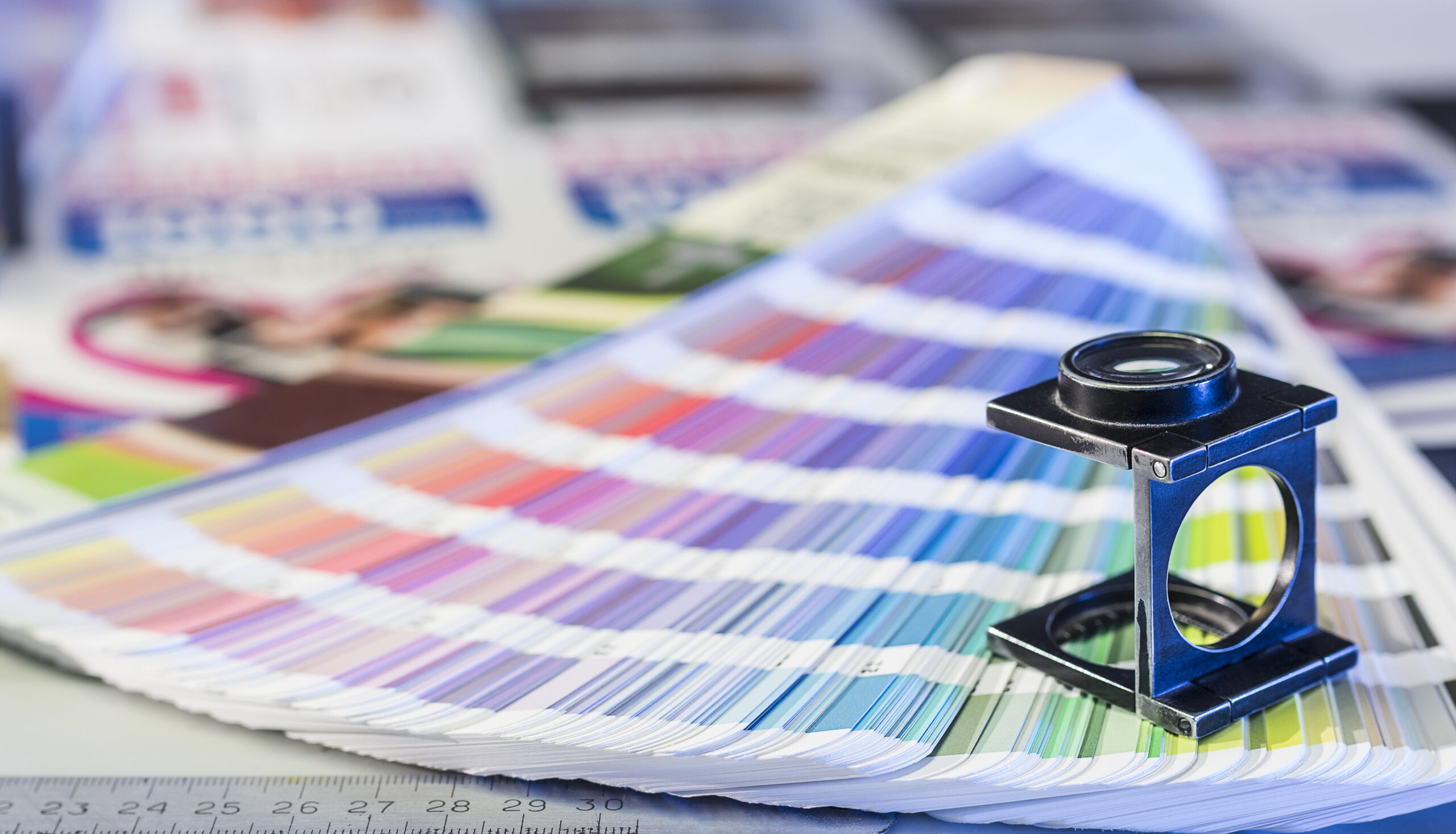
Difficult to Update
Your website should be as dynamic as your business. If making updates feels like pulling teeth, you’re missing out on opportunities to engage your audience. Modern Content Management Systems (CMS) make it easy to keep your content fresh.
Ravi says: “A flexible CMS is a game-changer. It allows marketing teams to update content without waiting on developers.”
Katerina explains the impact of a poor CMS experience:
- Wasted time on manual updates.
- Collaboration breakdowns due to lack of version control.
- Slow response times to market trends.
Morshed recommends: “Headless CMS platforms like Contentful, Strapi, or Sanity offer scalability and flexibility, while automation tools streamline content updates. Choosing a CMS with built-in API integrations makes adding new features easier in the long run.”
Hint: If you’re avoiding updates because your platform is cumbersome, it’s time for a change.
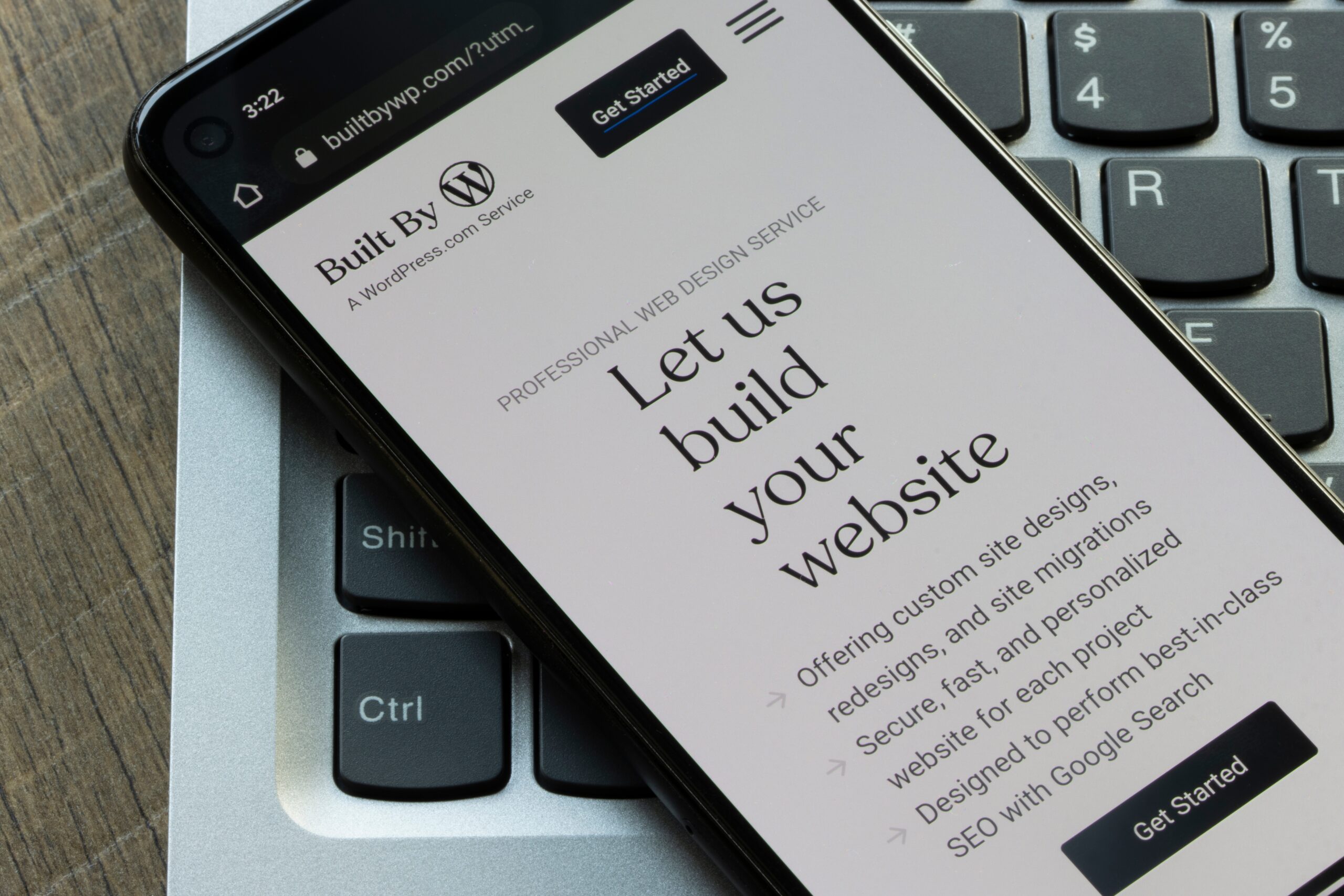
A well-executed redesign aligns your online presence with user expectations and current trends, leading to increased engagement and conversions. Remember, 88% of online consumers are less likely to return to a site after a bad experience.
Ravi on convincing leadership: “Show them the numbers. A one-second delay costs conversions. An outdated site reduces trust. A great user experience boosts revenue. The ROI speaks for itself.”
A few metrics to track success:
Conversion rates
Bounce rates
Average session duration
Page load time
Mobile responsiveness
SEO performance
Final Thoughts: A Smarter Website for a Stronger Future
A website redesign is more than just an aesthetic upgrade—it’s a strategic investment in your brand’s growth. As our team has highlighted:
Ravi: A well-structured, modern site enhances credibility, drives engagement, and improves conversions.
Katerina: User experience plays a crucial role in keeping visitors engaged, reducing bounce rates, and ensuring seamless navigation.
Morshed: The right technical foundations ensure security, scalability, and high performance.
By addressing these five critical issues, you’re setting your brand up for sustained success in an increasingly digital world.
Ready for a Refresh?
If any of these signs hit close to home, it might be time to consider a redesign. Your website is a critical tool for growth—make sure it’s working as hard as you are.
🚀 Let’s Future-Proof Your Website. Book a free strategy session today and take the first step toward a site that works smarter, not harder. Let’s Talk!
In the blink of an eye—or 50 milliseconds, to be exact—your website has already made its first impression. That’s faster than a coffee order at your favourite café, and in today’s relentless digital world, it could mean the difference between a loyal customer and a lost one. Building trust with your website is important.
At Polar London, we get it. Your website isn’t just a digital storefront; it’s a handshake, a conversation, a trust exercise. And in 2025, where audiences are savvier, scepticism runs high, and attention spans are shorter than ever, trust isn’t a nice-to-have—it’s everything.
Trust: Your Most Valuable Digital Currency
Building trust online isn’t as simple as throwing up a slick design or a catchy tagline. It’s about weaving transparency, authenticity, and a seamless user experience into every pixel and paragraph. Consumers can sniff out inconsistency from a mile away. To them, even the smallest misstep—like a slow-loading page or a clunky navigation menu—is a red flag.
Think of your website as your digital shop window. A dated design? That’s like peeling paint. Poor navigation? A broken door handle. And nothing says “don’t trust us” louder than a missing SSL certificate. So, how do you create a space where users not only feel welcome but confident in sticking around? Let’s unpack it.

The Building Blocks of a Trustworthy Website
1. First-Class Visuals:
Forget stock photo clichés and cluttered layouts. A polished, modern design tells visitors, “We mean business.” Pair it with consistent branding, plenty of white space, and a dash of personality to keep things engaging but professional.
2. Crystal-Clear Communication:
Ever landed on a site and thought, “What exactly do they do?” Don’t be that brand. Spell out your value proposition. Be transparent about policies, pricing, and privacy. Pro tip: clear cookie banners and GDPR-compliant practices aren’t just legal necessities; they’re trust badges.
3. Seamless UX:
Bad UX is like wandering a maze blindfolded. Users expect intuitive navigation, lightning-fast page loads, and clear calls-to-action. If they have to dig for info, they’ll bounce faster than you can say “conversion rate.”
4. Social Proof on Display:
Testimonials, reviews, and real-world case studies are your digital word-of-mouth. Awards? Partnerships? Show them off. It’s not bragging; it’s trust-building.
5. Security Signals:
An SSL certificate is table stakes. Beyond that, secure payment gateways, privacy assurances, and trust seals are non-negotiable. Security isn’t just technical; it’s psychological.
6. Authentic Content:
Your copy should sound like you. Talk to your audience, not at them. Share stories, insights, and expertise. Regularly updated blogs and resources signal that you’re engaged, knowledgeable, and committed to helping.

Key Trust Trends to Watch in 2025
As we move forward, staying ahead of trust-building trends will set brands apart:
- AI-Powered Personalisation: Done right, AI fosters meaningful connections. Done wrong, it feels robotic. Striking the right balance is crucial, and Gemini and ChatGPT take different approaches to AI-driven personalisation.
- Accessibility Matters: Inclusivity isn’t optional. Cater to everyone, and you’ll win the trust of a wider audience.
- Sustainability Messaging: Today’s consumers care about the planet. Be genuine, and they’ll care about you—especially when your digital presence reflects that commitment. From energy-efficient hosting to lightweight design choices, sustainable web design plays a key role in building trust and reducing your digital footprint.
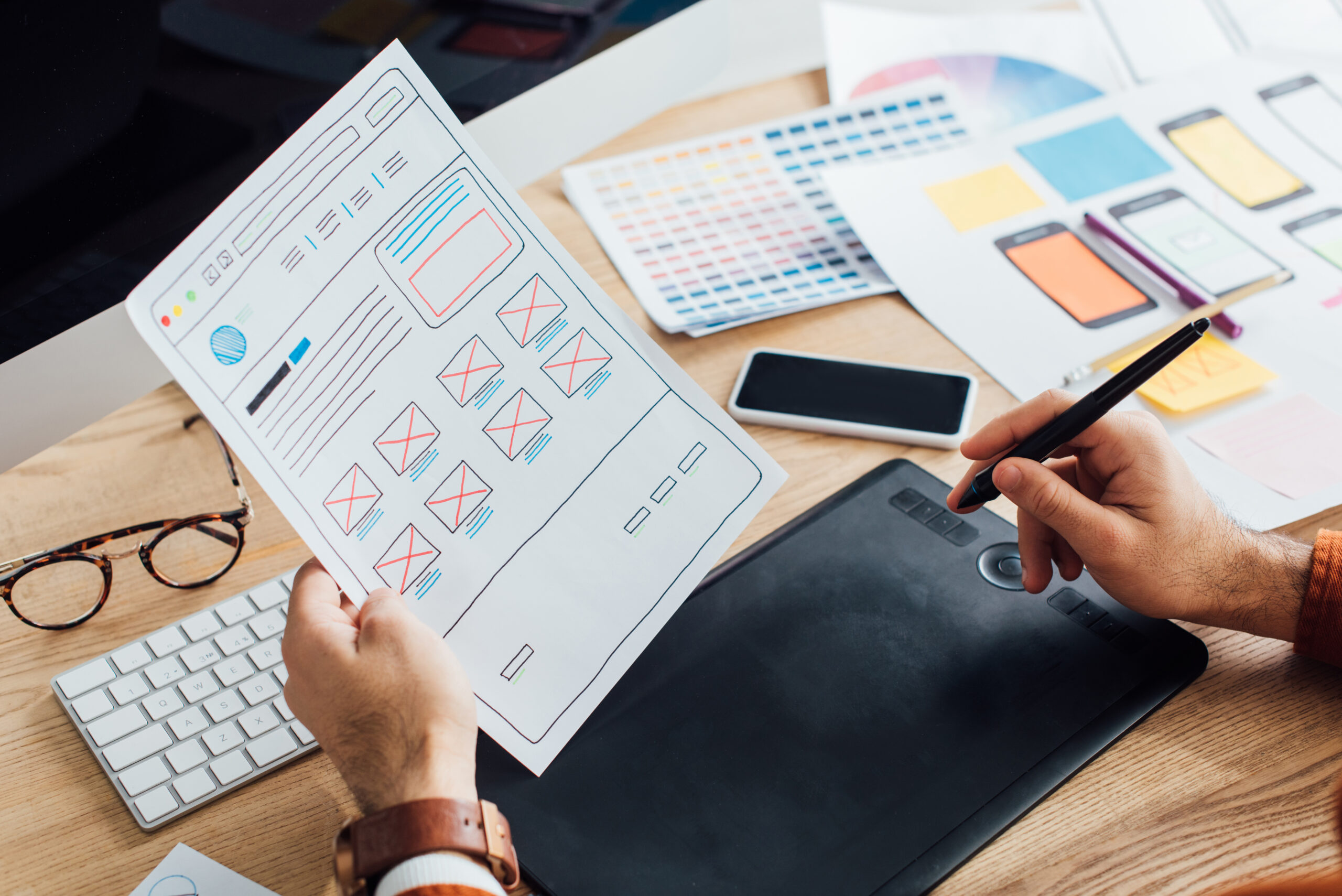
Why Polar London?
At Polar London, we don’t just build websites; we craft trust-powered digital experiences. From intuitive UX to authentic storytelling, we ensure your first impression is one that sticks—for all the right reasons.
So, if your website feels more “meh” than memorable, let’s chat. Together, we’ll create something that doesn’t just turn heads but earns trust, one click at a time.
Wrapping Up The Year
As the year draws to a close, we at Polar London are reflecting on creative and tech trends of 2024 and emerging innovations for 2025. From advancements in artificial intelligence to cutting-edge creative technologies, we’ve been exploring how these tools are transforming project approaches, elevating user experiences, and driving future innovation. It’s also been a time to revisit our thought leadership from 2024—spanning articles, inspiration pieces, and more—to draw insights and inspiration for what’s to come.
We’ve wrapped up some of our key learnings right here for you, informed by some inspiring conversations amongst our team of UX and UI Designers, web developers, creative directors, project managers, and the rest…
To summarise, here are three key areas we believe are shaping the future of our work and redefining what’s possible…
1. How Has the Integration of AI Impacted the Way We Approach Creative and Tech Projects?
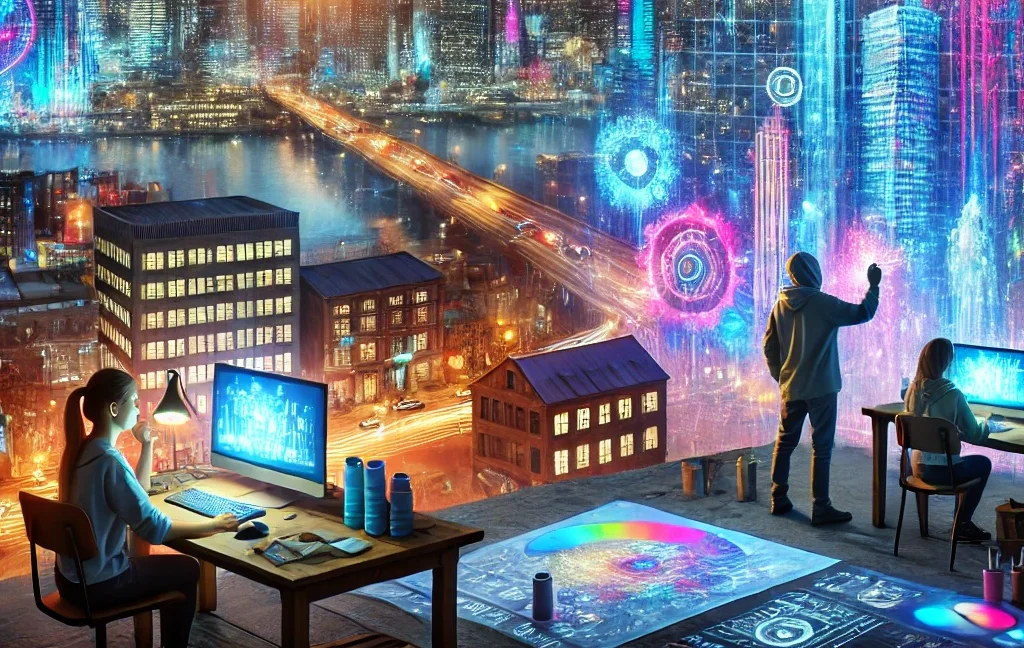
AI really has transformed the landscape of creative and tech-driven projects, and its integration has opened up new possibilities for efficiency, personalisation, and innovation. At Polar London, AI acts as both a reliable assistant and a source of creative inspiration. In fact, digital agencies like ourselves should see AI as a ‘strategic partner’, why? Well we wrote our perspective on the subject right here.
Broadly speaking, here’s how digital agencies like Polar London are using AI today:
Streamlining Workflows:
AI-powered tools like Adobe Sensei, MidJourney, and ChatGPT are revolutionising the way we handle routine tasks. Processes such as image editing, content creation, and data analysis are now not only faster but also more precise. Tasks that once required significant time—like generating multiple design variations or crafting tailored ad copy—can now be completed in a fraction of the time. This efficiency frees up our teams to concentrate on higher-value activities, such as strategic planning and crafting compelling narratives.
Enhanced Personalisation:
Modern consumers demand experiences tailored to their needs and preferences. AI enables digital agencies like ourselves to craft hyper-personalised campaigns that engage users on a deeper level. For instance, AI algorithms analyse user behaviour to recommend products or content, ensuring a seamless and impactful interaction. This personalisation not only boosts engagement but fosters loyalty and trust.
Speaking of personalisation, our website design for Fearless Union is where creativity, technology, and personalisation join forces like a dream team. Forget boring old search bars—when visitors land on the site, they’re greeted by Fran, the friendly chatbot. Fran doesn’t just help you find content; she makes it an experience, guiding you like the ultimate digital concierge. It’s like swapping a map for a personal tour guide—way more fun, and zero risk of getting lost!
Informed Decision-Making:
Data is the backbone of creativity today, and predictive analytics powered by AI provides actionable insights that drive smarter, more effective decision-making. At Polar London, we leverage tools like Google Analytics on a daily basis to work closely with our clients, providing them with in-depth insights into their audience.
Augmenting Creativity:
AI isn’t only a tool for efficiency—it’s a partner in ideation. Generative AI helps us think beyond traditional boundaries, suggesting concepts, designs, and narratives we might not have considered. For example, AI can suggest unconventional colour palettes or generate unique taglines based on brand personality.
2. What Creative Tech Trends in 2024 Have Significantly Influenced User Experience and Digital Design?

The digital landscape in 2024 is being redefined by a combination of creative technology trends that are shaping both user expectations and design standards. At Polar London, we’re actively incorporating these trends into our work to stay ahead:
Immersive Experiences Through AR and VR:
Augmented reality (AR) and virtual reality (VR) have moved from novelty to necessity. Whether it’s virtual try-ons for retail or immersive brand storytelling, these technologies provide unparalleled ways to engage users. In our exploration of the future of immersive experiences, we look into what AR and VR truly encompass, the innovative ways they can be used, and the brands leading the charge in adopting this transformative technology. Read more in our dedicated article on how AR and VR are shaping the next era of user engagement.
AI-Generated Design Systems:
Tools like Adobe Firefly and generative AI platforms such as MidJourney are transforming how we approach user interfaces. By analysing user behaviour, these tools create intuitive and responsive design elements that feel custom-built for each visitor. This approach significantly enhances usability and user satisfaction.
Micro-Interactions for Engagement:
Small yet meaningful design elements—such as button animations, hover effects, and subtle sound cues—enhance the user experience. These micro-interactions keep users engaged, improve navigation, and create moments of delight that foster emotional connections with a brand.
Sustainability-Centric Design:
Consumers increasingly value brands that demonstrate environmental responsibility. Green UX principles, such as optimising website energy consumption and reducing data loads, are now integral to digital projects. For example, our focus on lightweight coding and sustainable hosting options ensures our designs align with eco-conscious values.
These trends are reshaping how we conceptualise and deliver digital projects, making user-centricity and sustainability the lynchpin of modern design.
3. Looking Into 2025: What Emerging Tech or Creative Approaches Will Drive Innovation, and How Do We Plan to Incorporate Them?

As we look ahead, emerging technologies and innovative approaches are poised to redefine creativity and digital design. At Polar London, we’re excited about several key advancements that will shape the future:
Decentralised Web Experiences with Web3:
Blockchain technology will give users greater control over data and interactions. Our colleagues in the digital space are preparing to leverage decentralised solutions to build transparent, secure, and user-driven web experiences. Our understanding of Web3 technologies is ever-evolving and as an agency, we are constantly learning and documenting our findings. We believe that to successfully exploit this new era of Web3, a grasp on data, new tech and creative storytelling will be key. Read more on the subject here.
Haptic Feedback and Sensory Tech:
The rise of haptic technology will serve to benefit user interactions by introducing tactile feedback into digital experiences. For e-commerce, this means customers could potentially “feel” the texture of fabrics or “experience” the weight of products virtually.
Advanced Conversational AI:
Chatbots and virtual assistants will evolve to provide empathetic, human-like interactions. By 2025, we plan to implement conversational AI for clients in customer service and lead generation, offering smarter and more engaging ways to connect with audiences. Whether it be Gemini or Chat GPT, accuracy and personalisation are the name of the game.
AI-Driven Ethical Design:
As AI becomes more integrated into creativity, ensuring ethical practices will be paramount. From inclusive design principles to transparent algorithms, we’re committed to embedding responsible AI practices into every project.
Conclusion: Embracing the Future of Creativity and Tech
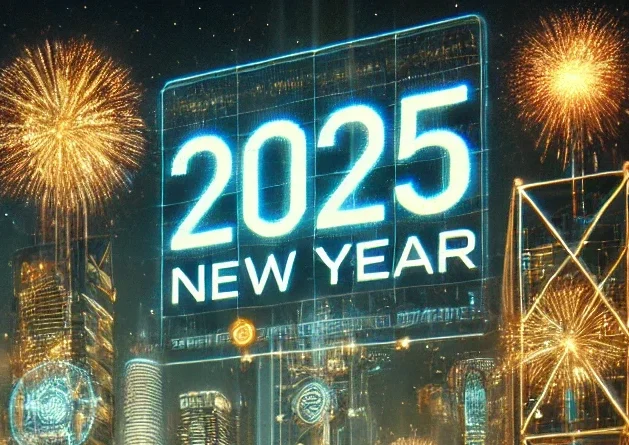
At Polar London, we’re passionate about leveraging the latest technologies to create meaningful, innovative experiences. The integration of AI, the influence of 2024’s creative trends, and the promise of 2025’s emerging tools aren’t just shaping our projects—they’re shaping the future of digital design.
Whether it’s through immersive AR experiences, hyper-personalised campaigns, or sustainable design practices, project by project, we’re committed to pushing the boundaries of what’s possible.